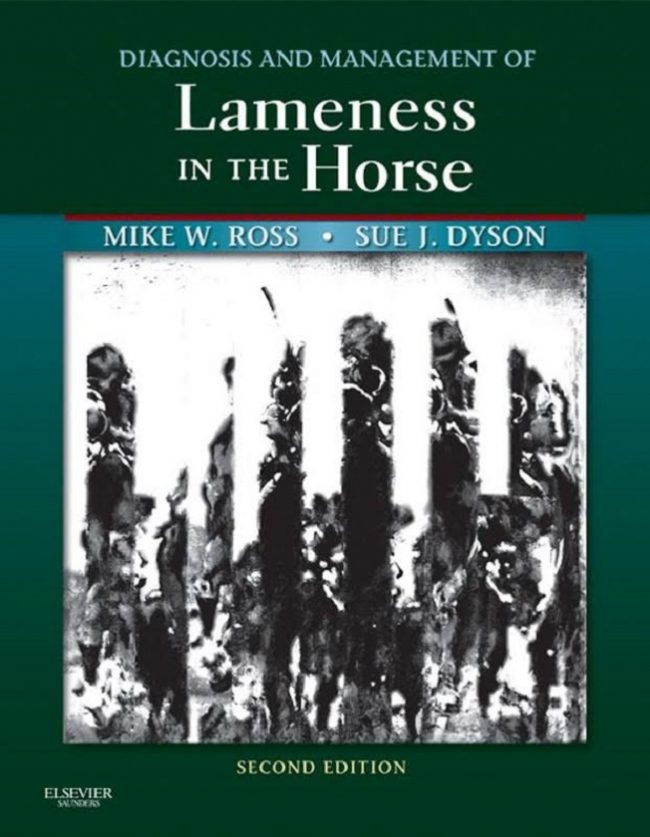Diagnosis and Management of Lameness in the Horse 2nd Edition PDF Book. The second edition of Diagnosis and Management of Lameness in the Horse has been substantially revised.
Diagnosis and Management of Lameness in the Horse 2nd Edition

The knowledge that has been accrued through the clinical application of magnetic resonance imaging (MRI) and, to a lesser extent, computed tomography has revolutionized our understanding of many conditions, most especially those of foot pain. This is reflected by the greatly expanded section on the foot. In each chapter we have tried to reflect both our own advances in knowledge and those of our authors, as well as what has been published in the literature. Relevant new references are cited. We have introduced many new images, most acquired digitally and therefore of superior quality, but space constraints restrict what can be included. Some original illustrations reflecting unique conditions have been preserved.
Some chapters have been written by different authors. This did not necessarily reflect that we were unhappy with the original authors, but rather that we wanted a different approach in some instances. We have again added editorial comments to some chapters when our personal experiences differed greatly from those of an author.
As we work daily with lame horses our own knowledge and experience continue to grow. It is also inevitable that between submission of the material for the second edition to the publishers and the book’s publication, new literature has been published. Therefore although this new edition reflects as far as possible state-of-the-art information, there are inevitably a few minor omissions.
We continue to learn by looking and seeing and encourage readers to watch the videos on the companion web site and listen to the commentaries, which we believe provide a fundamental background to the art of assessing a lame horse. We continue to hold the philosophy that a comprehensive clinical examination, combined with a logical approach to investigation, usually results in an accurate diagnosis, while acknowledging that a minority of horses elude diagnosis. There is a danger that with advances in imaging technology there is a temptation to utilize these tools excessively. We must remember that in many horses a correct diagnosis can be achieved by accurate palpation, observation, and use of diagnostic analgesia, combined with radiography and ultrasonography.
| Get Hard Copy (Buy) | Download eBook |
Password: pdflibrary.net
